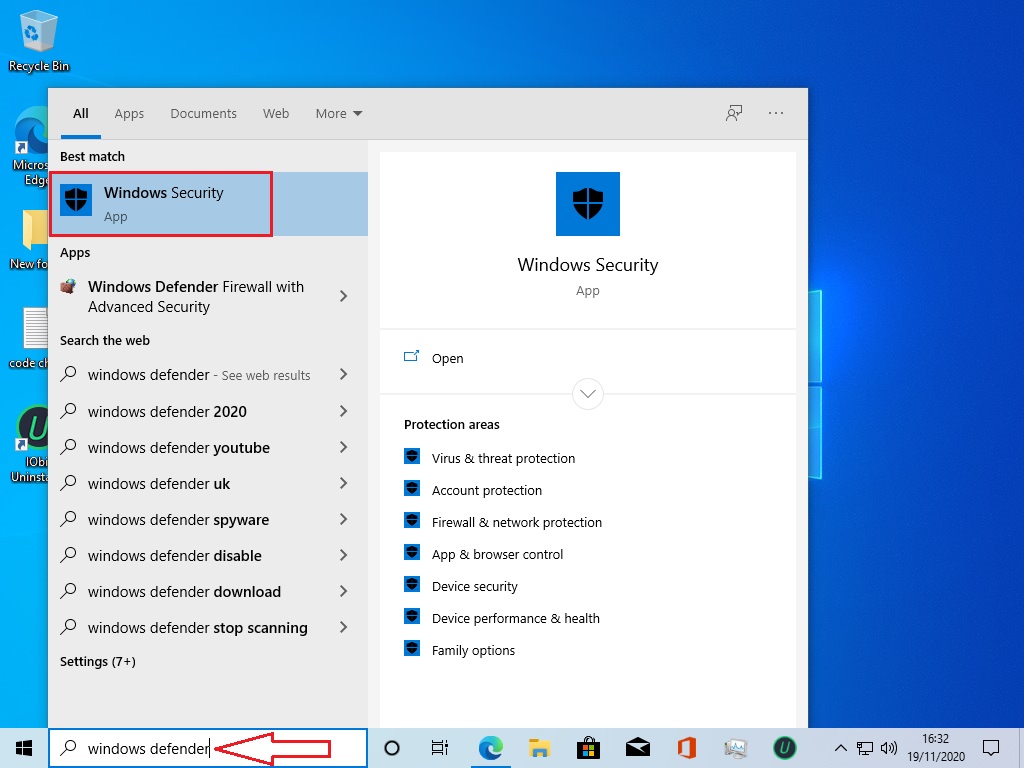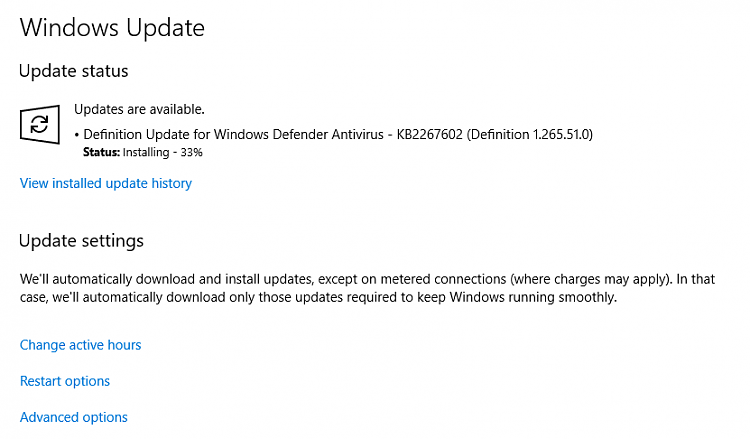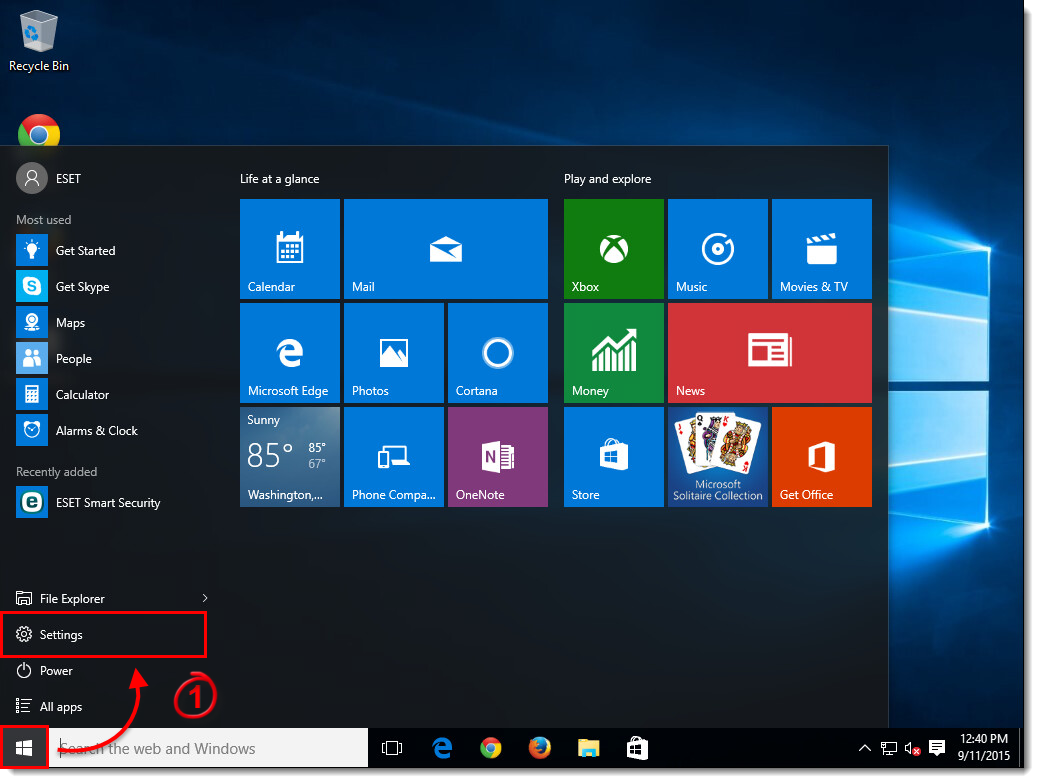
Only Microsoft can shed light on these changes.Microsoft had recently released new Defender anti-malware update package for Windows OS installation images, ie, for Windows Imaging Format (WIM) and VHD (Virtual Hard Disk) formats. It might be because malware is targetting the existing directories or it also might be because Defender's security is being improved by perhaps moving it into sandboxed folders with better security. Maybe later the company might explain the changes in a blog post. It is not clear why Microsoft moved the system files for Defender. To take ownership of Registry keys, you can use a tool like RegOwnerShipEx. Note You may have to take ownership of the Windows Defender subkey and enable full access to your user account. To work around this issue, delete the "PassiveMode" value at the following registry subkey:

In this passive mode, Real-time Protection is disabled.

To work around this issue, open Group Policy, and then change the setting to "Allow" for the following path: Because of a change in the file path location in the latest update (Antimalware Client Version: 7.17123), many downloads are being blocked when AppLocker is enabled.It doesn't explain the reason behind the change, but points to the new location of files in the list of known issues: The file location change happens after installing the update KB4052623. The related driver files can be found under the folder C:\Windows\System32\drivers\wd, which were previously stored in the C:\Windows\System32\drivers folder.

The files MsMpEng.exe and NisSrv.exe have been moved from C:\Program Files\Windows Defender to C:\ProgramData\Microsoft\Windows Defender\Platform\. The affected components include the antivirus engine MsMpEng.exe, the network filter service NisSrv.exe, and the appropriate drivers.


 0 kommentar(er)
0 kommentar(er)
